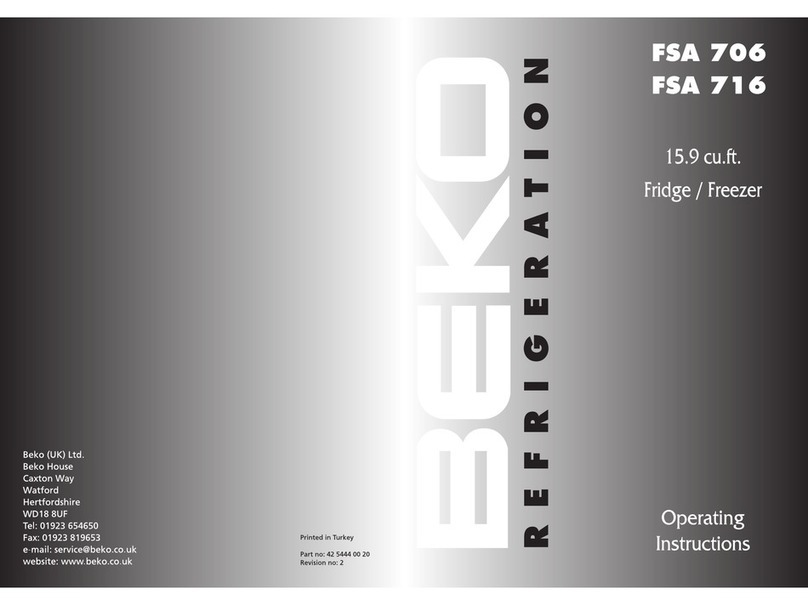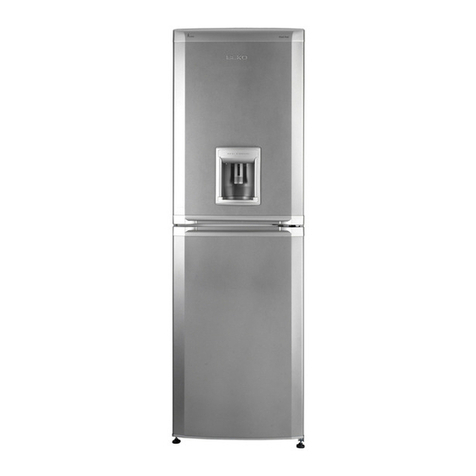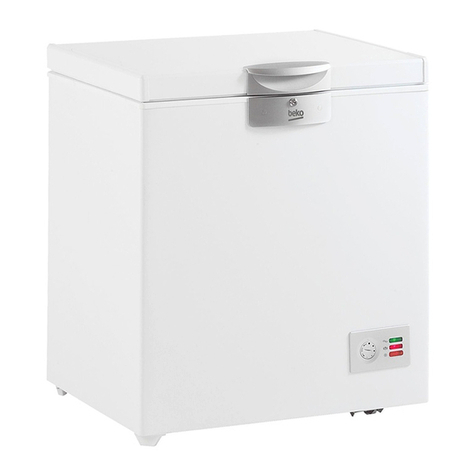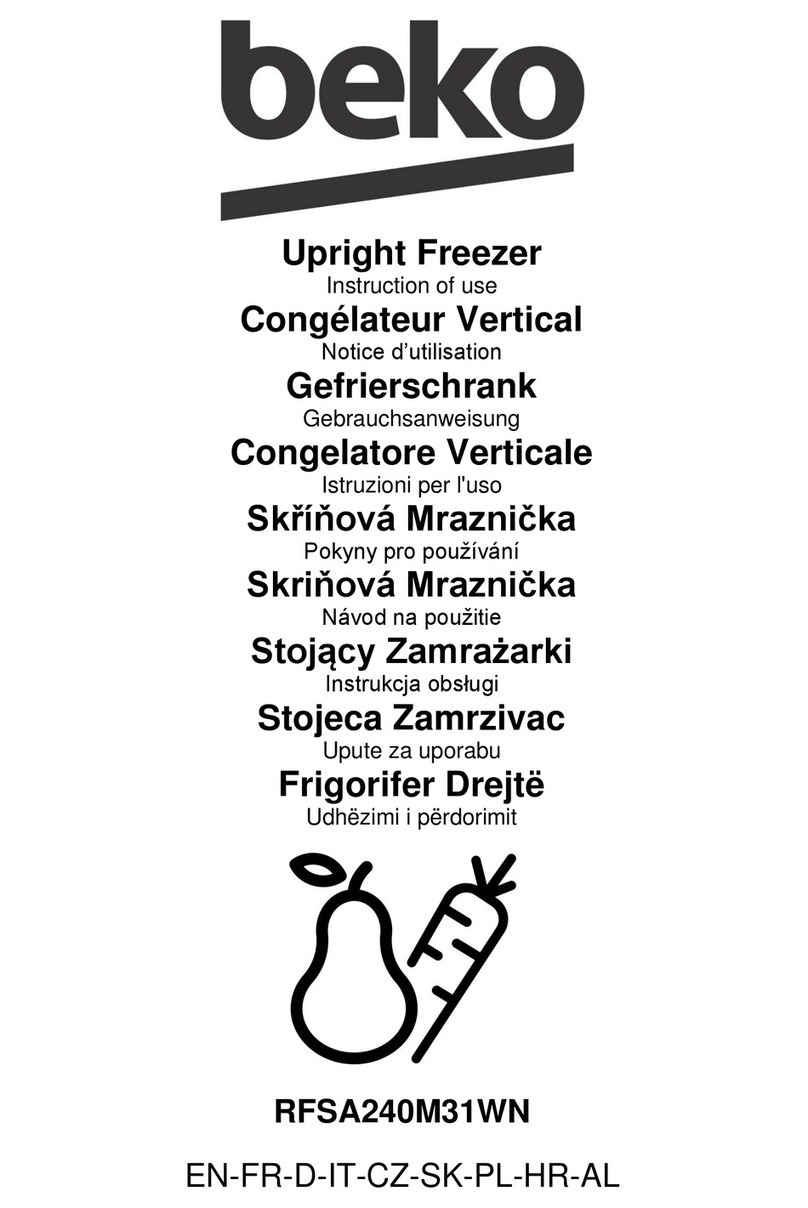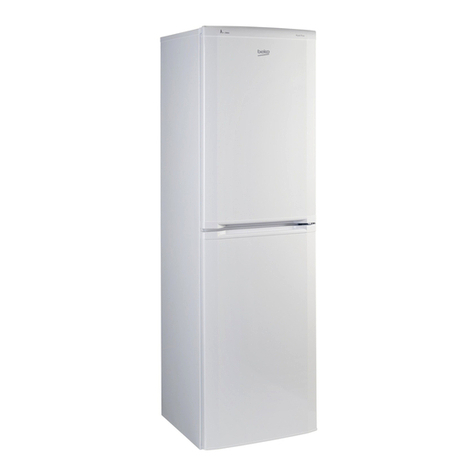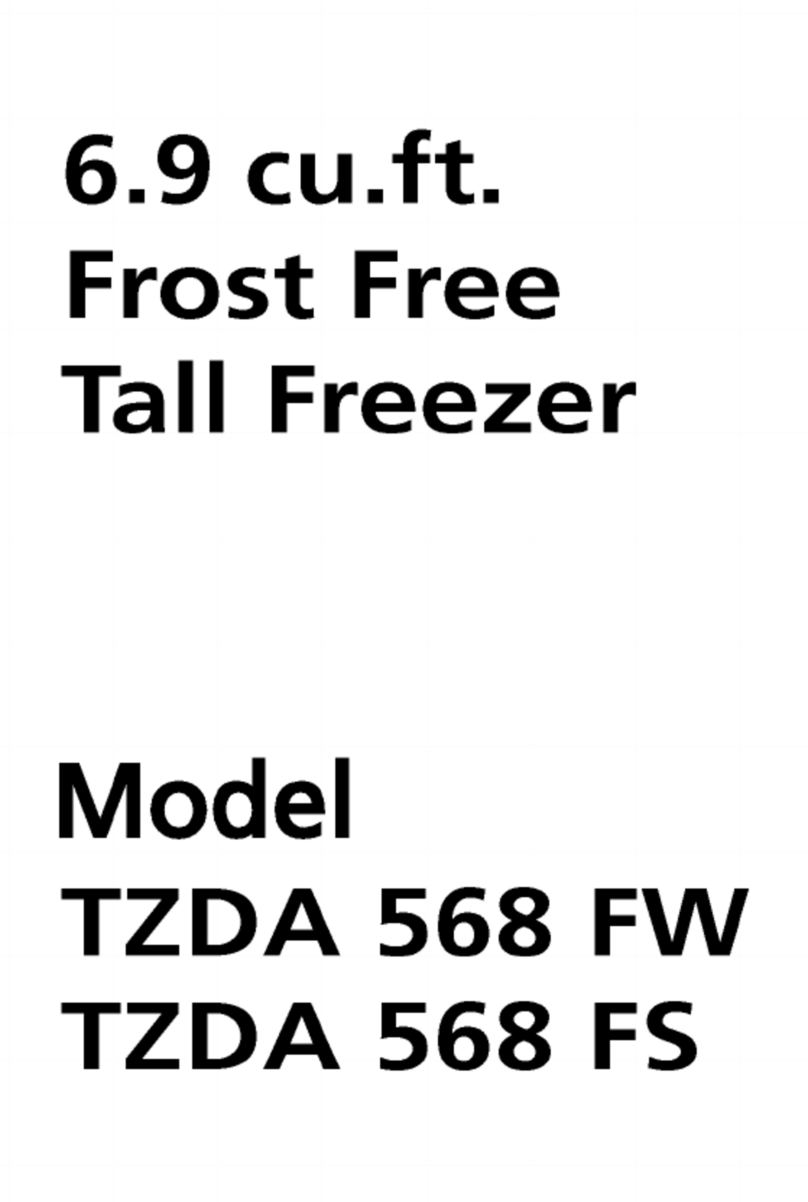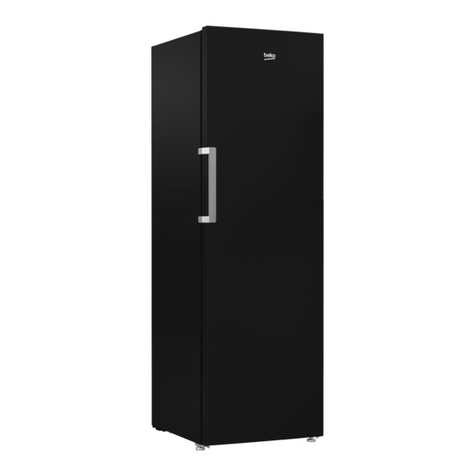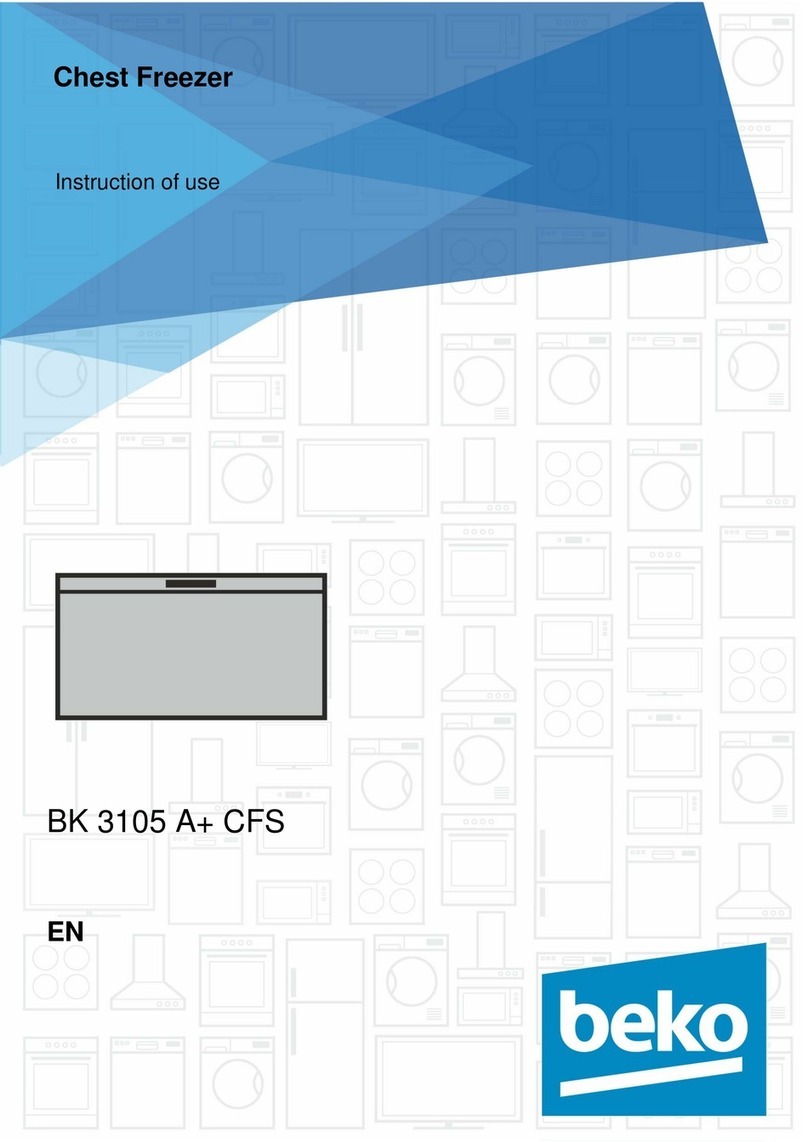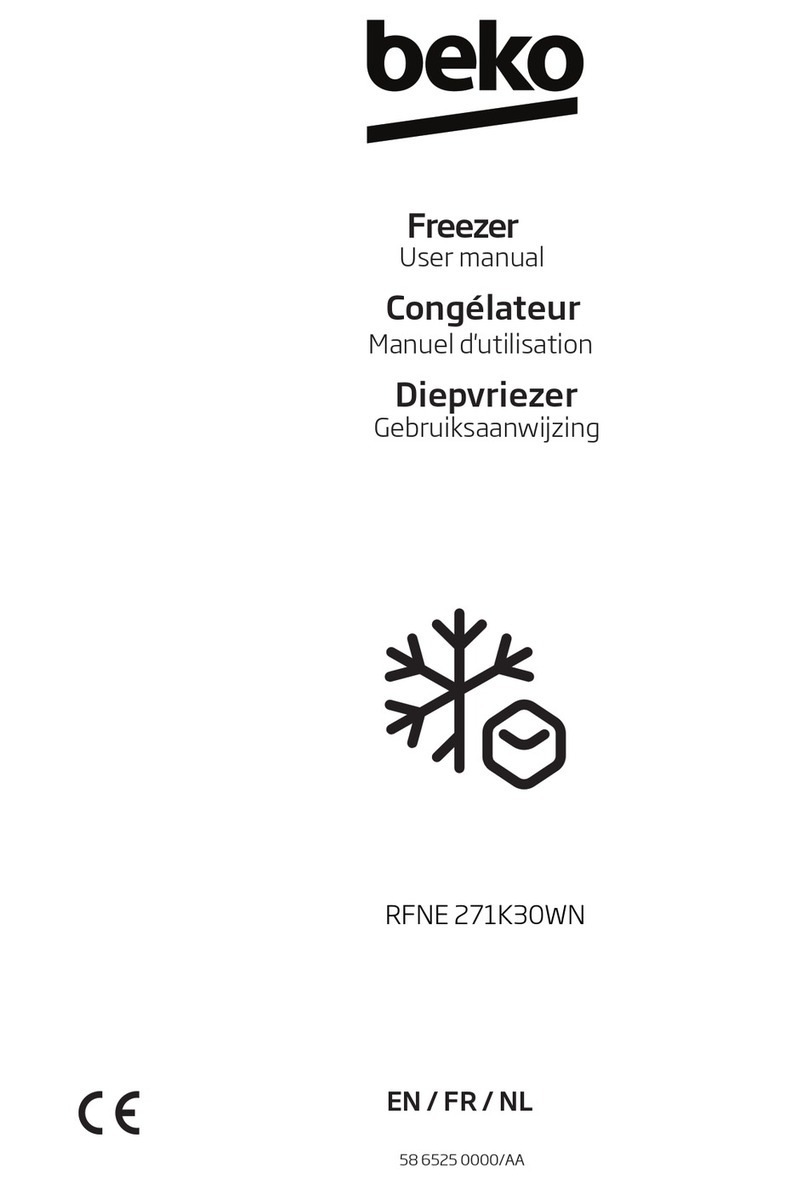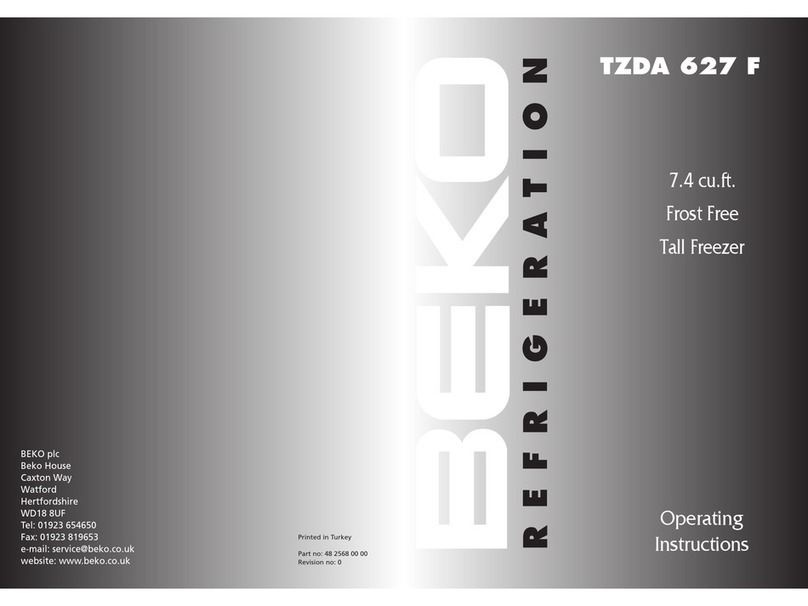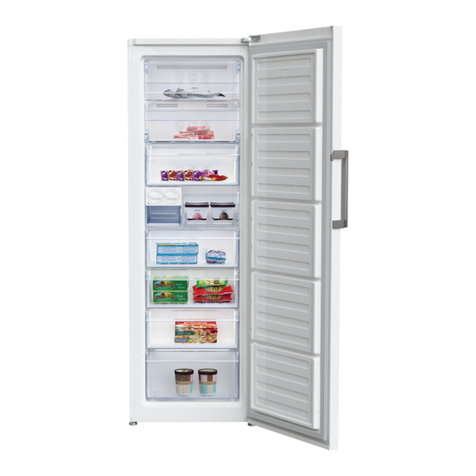Packing Recycling
WARNING!
Do not allow children to play with the
packing or with parts of it. There is the risk
of suffocation with parts of corrugated
cardboard and with plastic film.
In order to get to you in good condition, the
appliance was protected with a suitable
packing. All the materials of the packing are
compatible with the environment and
recyclable. Please help us recycle the packing
while protecting the environment !
IMPORTANT!
Before putting the appliance in operation, read
carefully and entirely these instructions. They
contain important information concerning the
setting up, use and maintenance of the
apliance.
The manufacturer is free of any responsibility if
the information in this document are not
observed. Keep the instructions in a safe place
in order to reach them easily in case of need.
They can also be useful subsequently by
another user.
ATTENTION!
This appliance must be used only for its
intended purpose, (household use), in
suitable areas, far from rain, moisture or
other weather conditions.
Transport instructions
The appliance must be transported, as much
as possible, only in vertical position. The
packing must be in perfect condition during
transport.
If during transport the appliance was put in
horisontal position (only according to the
markings on the packing), it is advised that,
before putting it into operation, the appliance
is left to rest for 4 hours in order to allow the
settling of the refrigerating circuit.
The failure to to observe these instructions
can cause the breakdown of the
motorcompressor and the cancellation of its
warranty.
Warnings and general advice
Do not plug in the appliance if you noticed a
failure.
The repairs must be done only by qualified
personel.
In the following situations please unplug the
appliance from the mains:
- when you defrost completely the appliance;
- when you clean the appliance.
To unplug the appliance, pull by the plug,
not by the cable!
Ensure the minimum space between the
appliance and the wall against which it is placed.
Do not climb on the appliance.
Do not allow the children to play or hide
inside the appliance.
Never use electric appliances inside the
freezer, for defrosting.
Do not use the appliance near heating
appliances, cookers or other sources of heat
and fire.
Do not leave the freezer door open more than
it is necessary to put in or take out the food.
Do not leave the food in the appliance if it is
not working.
Do not keep inside products containing
flammable or explosive gases.
Do not keep inside fizzy drinks (juice, mineral
water, champagne, etc.) in the freezer: the
bottle can explode! Do not freeze drinks in
plastic bottles.
Do not eat ice cubes or icecream
immediately after having taken them out of the
freezer because they may cause „freezer
burns”.
Never touch cold metal parts or frozen food
with wet hands because your hands can quickly
freeze on the very cold surfaces.
For the protection of the appliance during
warehousing and transport, it is provided with
spacers between the door and the cabinet (in
the front and rear side). These spacers will be
removed before putting the appliance into
operation.
Excess deposit of ice on the frame and the
baskets should be removed regularly with the
plastic scraper provided. Do not use any metal
parts to remove the ice.
The presence of this ice build-up makes
impossible to close the door correctly.



